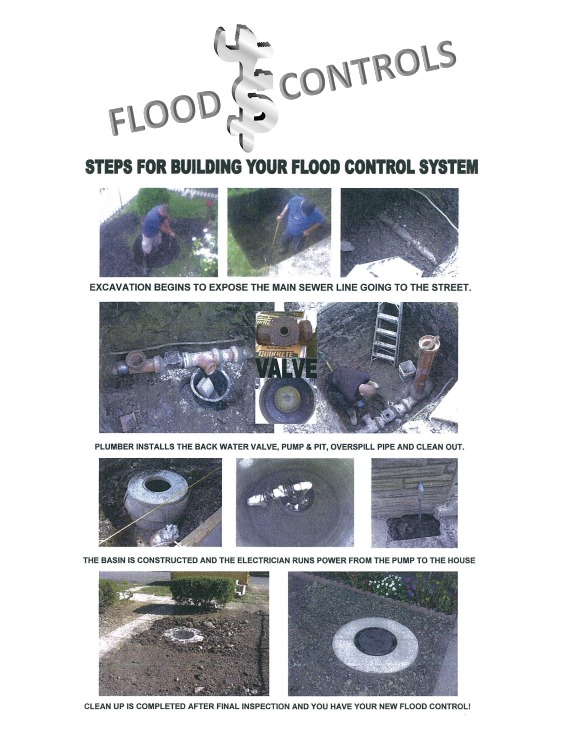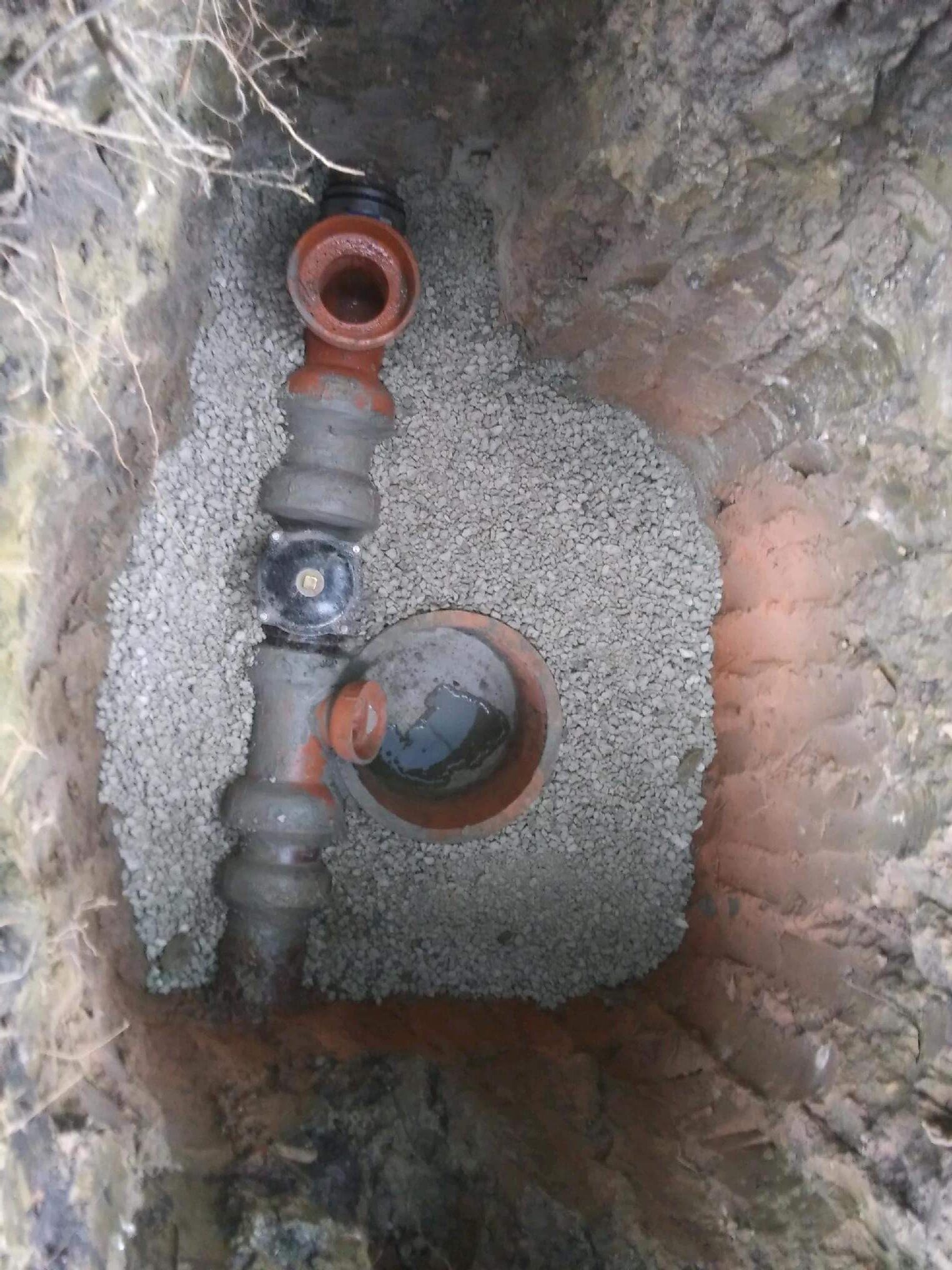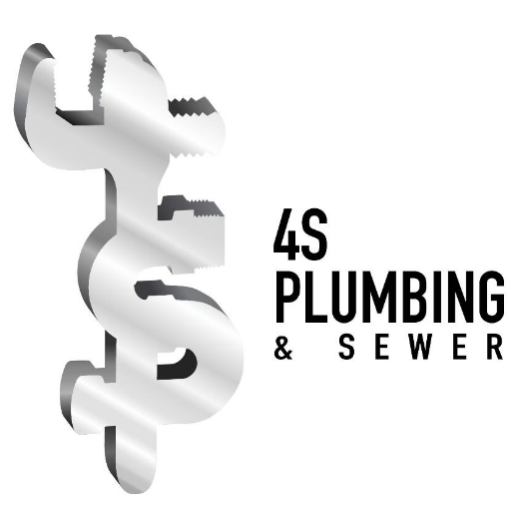Giselle I.
Vanessa X.
David A.
Hajin K.
Sarah R.
Mustafa S.
Ric A.
Susan L.
Request a Call Back
Flood Control
Flood Control
Flood Control
Flood Control
Flood Control
Flood Control
Flood Control
Flood Control
Flood Control
Experiencing Basement Flooding Issues?
Call 4S Plumbing to discuss the flooding that you are experiencing, and we will set you up with a free consultation and assessment of your flooding problem. We could then determine if the flooding could be resolved with a simple fix such as power rodding or hydro jetting. Otherwise, we could determine what kind of system is right for you and necessary to permanently solve your flooding problem.
There are two different types of problems that could be the reason for your basement flooding.
- Backflow from the city coming up your drain and/or fixtures
- Seepage from walls and floors
In the first scenario, water would be flooding and coming up in the basement during heavy rains.
The city’s main sewer line becomes overwhelmed and is not able to drain fast enough. This causes the storm water to backflow into the private drains which is your sewer line that ties into the main city sewer. This water will come up wherever it can include your floor drains, bathtub, and even toilet. The city main will eventually catch up with the drainage and water in your basement should also drain out with it. However, if the water doesn’t drain; you may have a blockage in your main sewer line and that will need to be power rodded. There also may be an issue with your pump. Regardless, the fact that you had water back up means that you have a defective flood control or back water check valve; or didn’t have one in place to begin with.
There are three different types of flood control systems that will permanently resolve this issue. If you have experienced basement water backups in the past, are tired of dealing with the clean up after water backs up, or if you’re looking to finish the basement and want to protect your personal belongings from getting ruined, then you will want to install one of these systems.

The main type of flood control consists of a 6” cast-iron backwater valve that will be installed on your main sewer line. This is typically installed on the outside of the property in the front yard. Plumbers will have to excavate down to the main sewer line. Then they will install the mechanics of the system including a 2” cast-iron Zoeller ejector pump and pit with 2” discharge, overspill system and dual check-valve. The plumbers will then use the excavator to drop in three sections of the basin with a concrete ring and cast-iron lid. This basin will then be sealed properly to unify the basin. A new 6” clean-out station and brass cap will be installed next to the flood control. This is done because the line must be power rodded from this access point once the system is installed so that the power rod cable does not get stuck in the back-water valve. Lastly, the plumbers will install a new waterproof outlet in the basin to power the pump. The line will be run underground and then come into the property. Electricians will run new electrical line and conduit to your electrical box. The area around the basin will be backfilled and a mound of dirt will be left on top. This will need some time to settle, and we recommend that you do not seed or sod until you’ve given at least a month for the dirt to completely settle. Depending on the type of soil and if there has been a lot of rain, this may settle sooner. We could give our recommendation upon completion. Also, 4S Plumbing does not provide any landscaping, sodding, or seeding with this scope of work. However, we could recommend some contractors to do this work for you and bundle it in our contract so that you could keep everything in one place and not have to deal with multiple contractors.




CHEAPER FLOOD CONTROL OPTION:
A flood control system could also be installed on the inside of the property. This would be cheaper because the plumbers do not have to excavate as far down and there would be less materials used. Also, the basin would be built by hand instead of pre-cast. This basin would be built block by block with masonry tech. The cost for this job would drop by approximately $3,000.00.
The other option would be to install a 6” cast-iron backwater valve on the sewer in the basement. With this project, there would be a thick heavy duty plastic pit instead of a concrete basin. This system would also not have an ejector pump. The backwater valve would protect you 100% from the backflow of water from the city into the basement as would the standard flood control. During heavy rains when the water is overwhelming the city’s main sewer and trying to push the rainwater back into your property, the 6” backwater valve would stop the water in its tracks and would not be able to make it to your drains. This could only be installed in the basement. This system comes with a ten-year warranty on all work performed.
If you’d like to discuss this further or would like to set up an appointment for a free in-home estimate, please contact us at (773) 353-3050 with your full name, address, phone number, and email address. If you feel that your issue is an emergency and needs priority attention, please mention this and we will get to you as soon as possible with expedited and priority attention.




In the second scenario. The flooding would be coming from cracks or seepage in the walls, foundation, and/or floor. With this situation you would need to get a seepage tile system installed. Many people already have one and are not aware of it. There may be an obstruction in the seepage drain line or the pump may not be working correctly. We could determine that and if you need to get a seepage tile system. The work for this would include saw cutting and breaking up the concrete around the perimeter of the basement. Plumbers would excavate down to the under the footing about two to three-feet in depth. The trench will be laid with ¾” CA6 limestone gravel. A corrugated seepage tile piping with a filter sleeve would be installed around the perimeter.
Plumbers would then install a new 1 ½” Zoeller sump pump and pit where the seepage tile would tie into. Plumbers will then core a hole into the wall and run 1 ½” discharge piping from the pump out the wall. This would only collect ground water and discharged on the side of the house. In certain municipalities this discharge water could be tied into the sewer drain.
Once this system is installed, the water would follow the path of least resistance and run down to the seepage tiles instead of coming out your walls or coming up through the floor. Also, if certain areas of the wall have very obvious cracks and is breaking apart, this could be tuckpointed and sealed appropriately with mortar and hydraulic cement. All work for the flood control systems come with a ten-year warranty.
